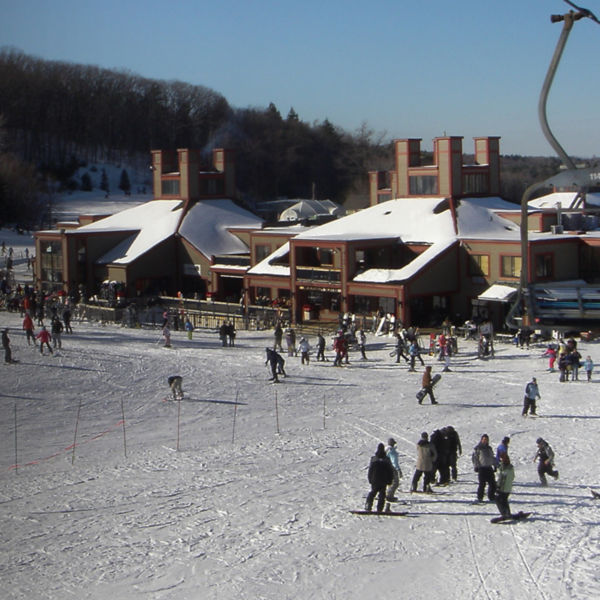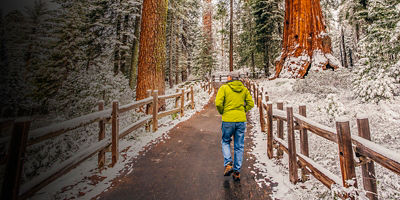
Polar bears have their blubber. Arctic foxes have their fur. When we want to be outdoors in the cold, we humans have to rely on insulation. Luckily, we’ve figured out how to engineer puffer jackets to keep us toasty in frigid conditions—and the right one will let you ski, snowboard, snowshoe, or hang around camp comfortably even as the mercury plummets.
Insulation isn’t warm all by itself; the heat actually comes from you. All types of insulation work by trapping body heat in tiny pockets, wrapping you in a cozy cocoon. Many different factors influence how well a given jacket retains heat, including the kind of insulation and the other fabrics used. And it’s important to note that your overall comfort in the cold depends on everything else you’re wearing, too. Think of insulation as part of a layering system, working with your base layers, midlayer, and shell to optimize warmth in different conditions.
Whether you’re looking for a light jacket to wear ski touring or a heat-trapping machine for winter camping, these considerations will help you choose the perfect insulation.
In this article, you’ll learn:
- The pros and cons of down and synthetic fills
- Design variables, plus materials and feature extras to look for
The Puffy Stuff
The biggest question to consider when it comes to insulation is: down or synthetic? There are a few other options out there, including wool and fleece, but these are the two major players.
Down
Made from the lofty plumage of geese and sometimes ducks, down is highly prized as insulation because it’s incredibly lightweight and compressible, yet also incredibly warm. A down jacket doesn’t have to feel bulky to keep you toasty, and it packs down small. Down is also long-lasting and durable. Trade-offs: Down is expensive, dries slowly, and loses its insulating power when wet. Water-resistant treatments have improved down’s performance in bad weather, but synthetics still beat it in extended wet or humid conditions.
You’ll often notice a jacket’s fill power advertised: This is a measure of how lofty, and therefore, warm, it is. They go from about 500 fill on the low end to 900 fill on the premium side: The higher the number, the higher the quality of the down.
Animal welfare is a concern with down, which is why several certification systems have been developed to ensure that the birds that produced the plumage were treated humanely. The Responsible Down Standard is one such industry-wide system.
If you’re looking for the best warmth-to-weight ratio available, and/or you recreate in primarily cold, dry conditions, down is a great choice.
Synthetic
Designers have been trying to replicate down’s insulating powers with manmade materials for decades, and they’re getting pretty close. Synthetic insulation comes in a variety of forms, from chopped-up fibers to little puffs made to mimic plumage, all designed to loft and trap air the way that down does. Its primary advantage is wet-weather performance: Synthetic fill still insulates when wet, and dries faster. Plus, it’s more affordable. On the down side, synthetics are heavier and bulkier, and they break down a bit faster.
Synthetic insulation also comes from petroleum. But brands have been improving sustainability by creating recycled and even fully biodegradable fibers, reducing environmental impact.
If you’re often outdoors in humid, wet weather, and/or you’re looking to keep costs down, synthetic insulation is just the ticket.
Blends & hybrids
Insulation isn’t always an either-or choice: Some jackets combine down and synthetic fill to optimize each one’s strengths. One strategy is body mapping, or placing different types of insulation on different parts of the jacket to maximize breathability or reduce bulk where it will give the most benefit.













